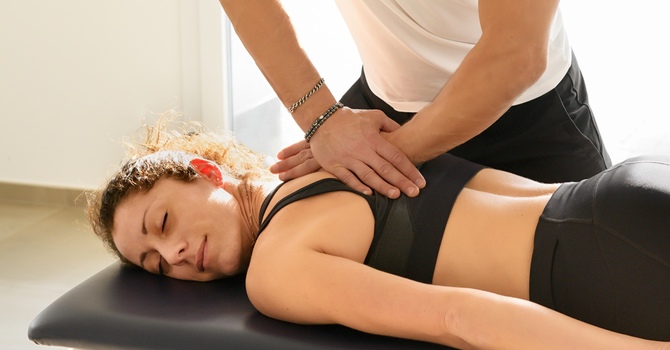For female athletes, hormonal fluctuations throughout the menstrual cycle can significantly influence performance, recovery, and injury risk. Understanding how estrogen affects the body can help athletes and coaches tailor training and nutrition strategies for better outcomes.
Estrogen and the Bleeding Athlete
Estrogen levels rise and fall throughout the menstrual cycle, and these changes impact musculoskeletal health and energy availability. During the follicular phase (the first half of the cycle, starting with menstruation), estrogen levels are lower but begin to climb. This phase is often a great time for building strength and focusing on high-intensity training.
As estrogen peaks near ovulation, there’s increased joint laxity due to its effects on collagen synthesis and tendon elasticity. This can elevate the risk for soft tissue injuries, especially ACL tears—a concern in female athletes. Awareness and targeted exercises for stability and neuromuscular control during this window can help prevent injury.
In the luteal phase, estrogen remains moderately high, and progesterone rises. Some athletes experience increased fatigue, bloating, or coordination challenges during this phase, which may call for a focus on recovery and technique refinement.
Phasic Training for the Menstrual Cycle
A phasic training approach aligns workouts with the hormonal fluctuations to maximize performance and reduce injury risk:
-
Menstrual Phase (Days 1–5)
-
Lower energy levels for some athletes—prioritize active recovery, mobility, and light aerobic work.
-
Focus on technique and form over heavy loads.
- Things to Prioritize:
- Sleep
- Rest
- Low-Impact Workouts: Yoga and Walking
-
-
Follicular Phase (Days 6–14)
-
Rising estrogen promotes strength gains and higher pain tolerance.
-
Ideal for building muscle, high-intensity interval training (HIIT), and heavy lifts.
-
-
Ovulation (Day 14)
-
Increased injury risk due to ligament laxity—add neuromuscular and stability training (balance drills, single-leg work).
-
Avoid introducing new, highly dynamic movements.
-
-
Luteal Phase (Days 15–28)
-
Higher progesterone may cause slower recovery; scale intensity as needed.
-
Emphasize restorative practices like yoga, pilates, mobility work, and moderate resistance training.
-
Nutrition Strategies for Female Athletes
Nutrition should also adapt to the cycle:
-
Menstrual/Follicular Phases:
-
Focus on iron-rich foods to replenish losses from bleeding (spinach, mushrooms, red meat, legumes).
-
Emphasize protein and complex carbs for energy.
- Warmer foods are going to help alleviate discomfort and aid in digestion during this phase.
- Avoid caffiene, alcohol, greasy and processed foods.
-
-
Ovulation/Luteal Phases:
-
Support recovery with anti-inflammatory foods (berries, fatty fish, turmeric).
-
Increase magnesium (nuts, seeds) to help combat bloating and cramping.
-
Ensure adequate hydration as progesterone may impact thermoregulation.
- Avoid added sugars during the Luteal phase.
-
Why This Matters
By syncing training and nutrition with the menstrual cycle, female athletes can enhance performance, prevent injuries, and maintain long-term health. Coaches and athletes should normalize conversations about hormonal cycles as a key component of athletic planning—not an afterthought.

Krista Ribando
Contact Me



